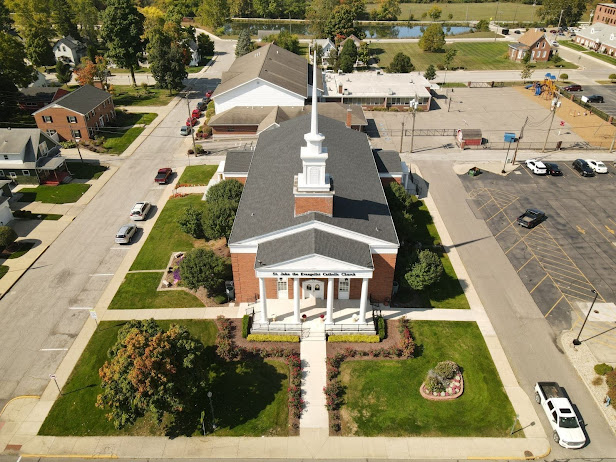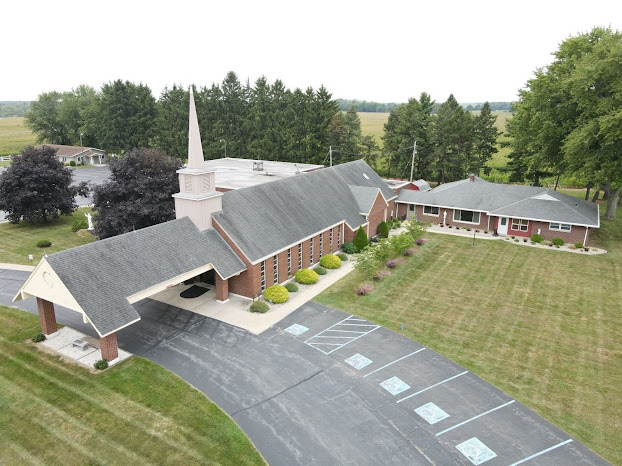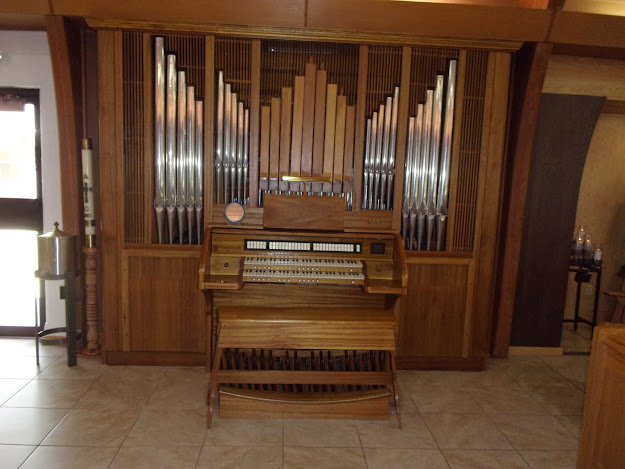A blog dedicated to church architecture in North America, specifically Catholic architecture. My name is Peter Roeder, I live in the Fort Wayne-South Bend Diocese. Many of my church visits are from parishes across the diocese. These posts are mainly to analyze the different architectural styles of different churches, point out and explain the rich symbolism that is part of the Catholic tradition, and see the cultural impact many of the parishes have had in their respective neighborhoods as well.
Wednesday, July 7, 2021
Saint John the Evangelist, Goshen, Indiana
Tuesday, July 6, 2021
Saint Gaspar del Buffalo
Saint Gaspar del Buffalo

Saint Gaspar del Buffalo was born in 1786, and in 1808 was ordained a priest in Italy. In 1815 Gaspar founded the Congregation of the Precious Blood. Later the sister order, the Sisters of the Precious would staff schools across middle Indiana and Ohio, as well as other states and countries. By the 1950's the order was a massive powerhouse that simply fizzled in size after the 60's. Now many of the convents have been sold and converted, and the seminary near Maria Stein, Ohio has been made into a retirement home for priests and religious.
Saint Anthony de Padua, South Bend, Indiana
Saint Anthony de Padua Established in during the late 1940's, Saint Anthony de Padua parish in South Bend was first a four classroom sc...

-
Queen of Peace Osceola Indiana Disclaimer While I have been doing these tours for over a year now, the following photos were taken over a y...
-
This is the Chapel of the Sisters of Saint Francis of Perpetual Adoration. This order has been a presence in Indiana since the late 1800...
-
Saint Michael the Archangel Waterloo, Indiana The church sits in the middle of nowhere on Old US 27, just north of Waterloo, Indiana. In 19...






















